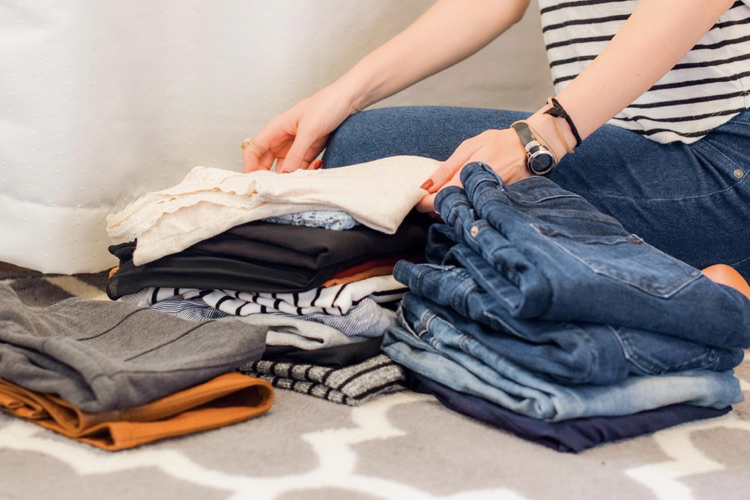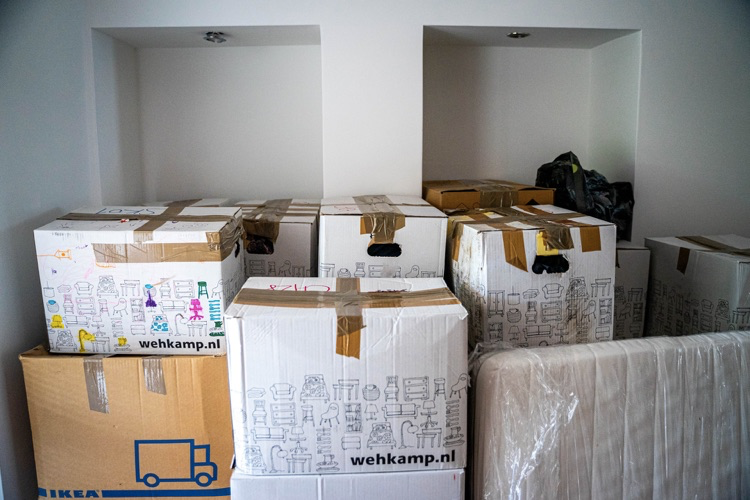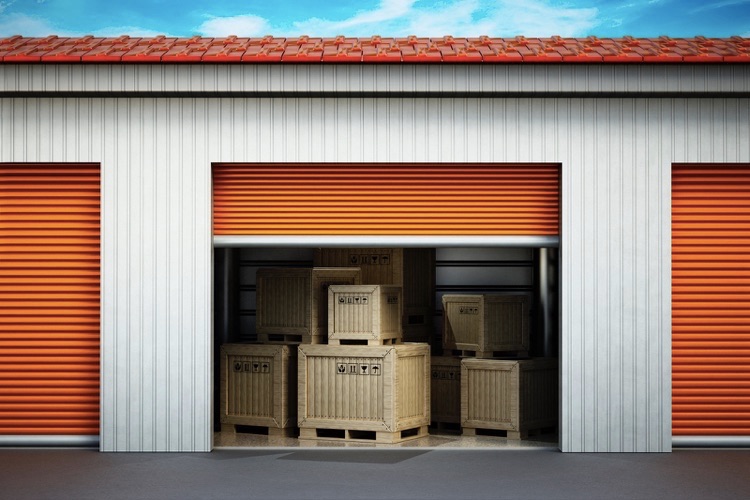What to look for in a storage lock
Few people understand what to look for in a storage lock. Self-storage theft isn’t something that happens every day, after all.
For most people, securing their belongings revolves around locating a facility they believe they can rely on. Once that’s done, they’re content to slap a R100 padlock on their storage locker and go about their business.
Thousands of people in the South Africa have used public storage to store their personal belongings. As a result, a multibillion-rand industry has emerged. The pandemic, on the other hand, has resulted in business closures and job losses. This has fuelled an increase in self-storage facility theft.
Storage renters are lulled into complacency by the promise of a cutting-edge security system. The truth is that there is no guarantee that it will be kept secure. If you have high-value items such as expensive artwork, you’ll want piece-of-mind that it’s safe.
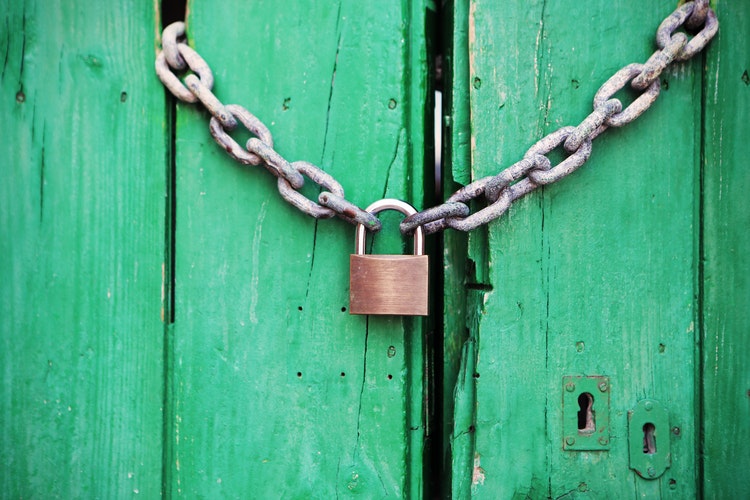
The value of storage unit locks
Thieves are well-versed in what to look for in a storage lock. Of course, they will avoid anything that appears impressive and difficult to break. They are conscious that they do not have much time to carry out their plan before being apprehended. Needless to say, they’ll be overjoyed if you choose to buy a simple R100 padlock instead.
As a renter, you’re usually expected to bring your own lock. Self-storage locks are usually available for purchase in the office of most facilities. But how do you know what to look for in a storage lock before you go out and buy one? The good news is that we’re going to show you exactly what to look for in a storage lock.
Features in self-storage locks
You should look for the following when purchasing a storage lock.
Stay away from combination locks
Most people recall using combination locks in high school. While they were great for securing your high school locker or a bicycle to a bike rack, they were terrible for real security.
Simply enter the correct combination to open the lock. The issue is that combination locks are easily tampered with. Furthermore, they can frequently be damaged and released with a bolt cutter or hacksaw.
Please keep away from these to save yourself the unnecessary headache.
Shackles
The shackle is the component of the lock that fits through your storage door’s latch/hasp. A shackle that is just thick enough to fit through the hasp will suffice.
Choose the shackle with the largest diameter that will still fit through the hasp. Most users should be able to get away with a 3/8′′ diameter or thicker shackle.
The mechanism for locking
When the lock is secured, the locking mechanism consists of a series of pins that hold the shackle in place. The shackle is released when you insert the key. The more pins a lock has, the more difficult it is to pick. For maximum security, we recommend using a lock with at least five pins, but seven to ten is even better.
The lock’s body
The locking mechanism is housed in this section of the lock. The lock should have an entirely metal body, ideally hardened steel or titanium.
Boron carbide
Boron carbide is one of the world’s toughest materials. Bulletproof vests and tank armor are made of this sort of ceramic. They’re also employed in the production of high-security locks.
They may be among the most expensive locks available, but they are much more difficult to cut with bolt cutters. Going overboard is sometimes worth it for the peace of mind that comes with security.
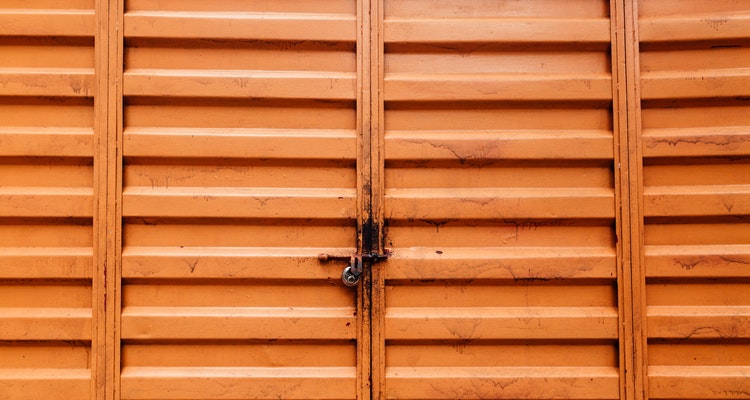
The most effective self-storage locks
Choosing the correct lock will offer an extra layer of protection to your things, making them even safer. Let’s have a look at the benefits of some of the greatest storage lock types.
Disc locks
A disc lock appears to be exactly what it sounds like. The lock is round in shape and opens and closes through a very small aperture.
It functions in the same way as a padlock outside of the lock. To unlock the lock, which opens the metal bar at the top, you’ll need a key. This allows you to move the disc lock into and out of your storage unit’s hand.
Disc locks come with a slew of advantages. They’re difficult to cut, cost about the same as padlocks, and some insurance companies even give you discounts if you use a disc lock to protect your valuables.
Closed-shackle padlocks
Ordinary padlocks are inexpensive and the simplest to tamper with or cut open. Closed-shackle padlocks are comparable to traditional padlocks but are far more secure.
They have a shorter shackle, are thicker, and have a protective shell to keep bolt cutters at bay. Closed-shackle padlocks may be pricier than standard padlocks, but they are well worth it.
Cylinder locks
The most secure locks are cylinder locks. They cannot be cut, and storage unit doors are specifically designed to work with these locks. The lock works in the same way that your front door locks at home, with the key kept inside the storage unit.
It’s no surprise that many facilities are beginning to install cylinder locks on their units. Cylinder locks, like front door locks in your home or apartment, are housed internally within the storage unit. The locks can’t be cut because they don’t protrude from the unit door. They, like disc locks, are strike-proof, drill-proof, and pick-proof.
Electronic storage unit locks
Bluetooth smart locks, unlike traditional padlocks, do not require any combinations to open. They are also incompatible with keys. So just how do they work?
They connect to your smartphone, and all you have to do is download an app to enable the functionality and make sure your phone’s Bluetooth is turned “on” in the settings.
Most Bluetooth padlocks include a backup access method in case the phone or lock battery runs out when access is required.
Quality storage locks for your peace of mind
We hope this article has helped you understand why having a secure lock is essential for self-storage. Now that you know what to look for in a storage lock, you can rest assured that your belongings will be more secure.
